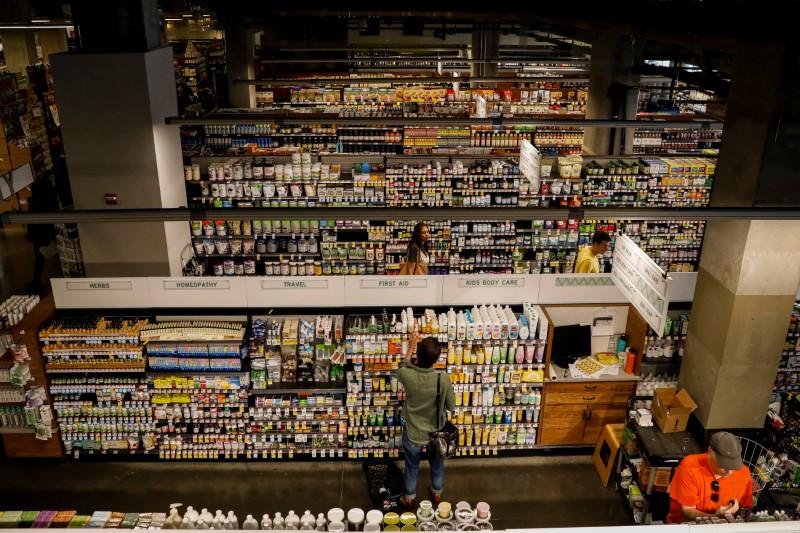Hurricane Harvey curbs U.S. consumer spending; inflation muted

WASHINGTON (Reuters) - U.S. consumer spending barely rose in August likely as Hurricane Harvey weighed on auto sales, while annual inflation increased at its slowest pace in nearly two years, pointing to a moderation in economic growth in the third quarter.
The weak report from the Commerce Department on Friday did little to change expectations that the Federal Reserve would raise interest rates in December. Fed Chair Janet Yellen said this week the U.S. central bank needed to continue gradual rate hikes despite uncertainty about the path of inflation.
“We think current economic conditions are heavily impacted by the effect of the recent hurricanes,” said Chris Rupkey, chief economist at MUFG in New York. “The Fed will rightly look over any soft patch for economic growth in the third quarter.”
Consumer spending, which accounts for more than two-thirds of U.S. economic activity, edged up 0.1 percent last month also likely as unseasonably mild temperatures in some parts of the country reduced demand for utilities.
The gain, which followed a 0.3 percent increase in July, was in line with economists’ expectations. The government said the data reflected the effects of Hurricane Harvey.
However, it could not separately quantify the total impact of Harvey on the data. The government made adjustments to estimates where source data were not yet available or did not fully reflect the effects of the storm.
Inflation remained muted in August, with the personal consumption expenditures (PCE) price index excluding food and energy rising 0.1 percent. The so-called core PCE has advanced by the same margin for four straight months.
As a result, the annual increase in the core PCE price index slowed to 1.3 percent in August after advancing 1.4 percent in July. That was the smallest year-on-year increase since November 2015. The core PCE is the Fed’s preferred inflation measure and has been undershooting its 2 percent target since 2012.







